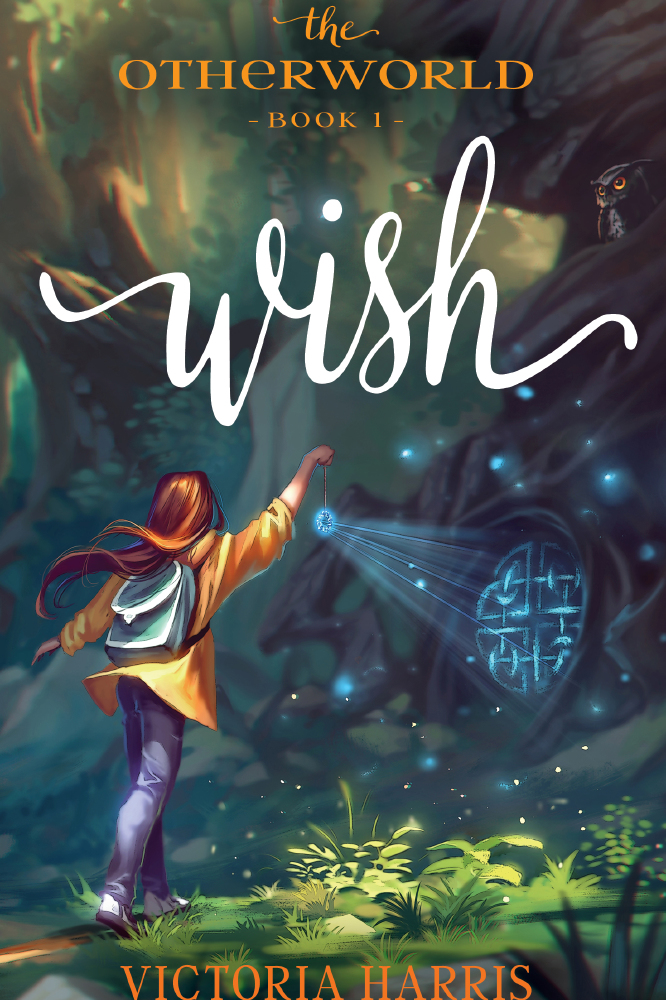
Growing up in the New Forest where Lewis Carroll set his characters in Alice in Wonderland, I was captivated by the story of a portal to another world. I spent hours searching for a door, wondering what would be behind it. I searched for a door because I needed a door. I was a sensitive child, and after my parents divorced when I was six years old, my father remained emotionally distant. I struggled with my feelings and took refuge in my imagination.
Perhaps it’s not surprising that my quest and personal passion became to understand and relieve emotional suffering in others. Nor is it surprising that I wrote a middle-grade fantasy novel to help children like me build resilience to better regulate their emotions.
After studying psychology for A-level, I continued my undergraduate research on psychic ability where I learned the powerful influence that symbols have on our minds. Earning a Master’s in Psychoanalytic Studies, I further understood the importance of working with the unconscious to heal emotional wounds.
It didn't take me long to realize that sometimes talk therapy could not soothe every emotional pain. Working in a suicide and self-harm prevention centre, a young woman walked in. Before she even sat down, I realized she was paralyzed by fear. I froze with fear, too. I knew I needed to get her to open up about her feelings, yet I had no idea what to do when a person wouldn’t—or couldn’t—talk to me.
This client visited weekly, and she fell into a regular pattern. As soon as she entered the therapy room with me, her body would go rigid and she would shut down. She felt so unsafe the only way to cope was to totally disconnect from herself and others. I learned she had a history of abuse and these episodes occurred frequently. Years of therapy had done little to address this. Her episodes were so bad that they occurred while caring for her daughter and even while driving her car.
To reach this young woman, I found a way to ground her so that she could begin to grow a safe connection to her body and me. At the beginning of each session, I would direct her attention to different parts of the room. Eventually, I brought her focus to her breathing and other sensations. After noticing that she clutched tightly to her purse or a pillow, one day I brought in various quartz stones and invited her to choose one. She picked a rose quartz.
“If at any time you feel unsafe, I want you to squeeze it tightly, okay?” I told her.
Gradually she learned to regulate and calm her system on her own. She still had the quartz with her, and soon she kept it in her pocket.
Once I began seeing adolescent clients, I again experienced the barriers to traditional dialogue. Remembering how effective metaphor and symbols were in my own therapy, I started applying a more creative approach.
“What metaphor or symbol would you use to represent what’s going on?” I asked a teenage girl during a session.
Her response opened a door as magical as the entrance to Wonderland! Finally, we had a focus for our time together, and immediately the topic became creative, abstract, and safe to discuss.
I continued to train in child psychotherapy, learning play therapy and creative techniques which I used with clients when words weren’t enough. I found so much success in this approach that I eventually researched creative therapeutic techniques for my doctorate. Symbols and metaphors safely bypass our conscious minds, working ‘under the hood’ to assist children and adults in processing emotions.
One-in-six children in the U.K. today suffers from a mental health disorder, affecting the way they learn, behave, and manage emotions. The key to equipping children with the skills to manage their emotions in an uncertain world is early intervention.
I wrote my fantasy novel Wish for middle-grade readers. Much like Alice in Alice in Wonderland and myself as a young girl looking for my own door, Wish is about a young girl on a quest of her own into the Otherworld. The young girl in my story has many adventures as she searches for her father. But on a deeper level, Wish subtly guides readers in how to process their emotions and learn the skills they need to regulate and calm their systems when they feel overwhelmed.
By teaching children to process and regulate their feelings while they are young, they develop life-long skills to help them navigate times of stress and trauma they will face in life. Children can author their own futures. Wish shows them how to do just that while helping them build resilience in the process.

Victoria Harris, DPsych, MA, BSc, Cert. Child Psychotherapy, Graduate Diploma Humanistic & Integrative Counselling & Psychotherapy, is a humanistic and integrative psychotherapist who specializes in using creative techniques for emotional healing. She works with children, adolescents, and adults. Her book 'The Otherworld Book 1:Wish' is out now.
Tagged in children Mental Health

